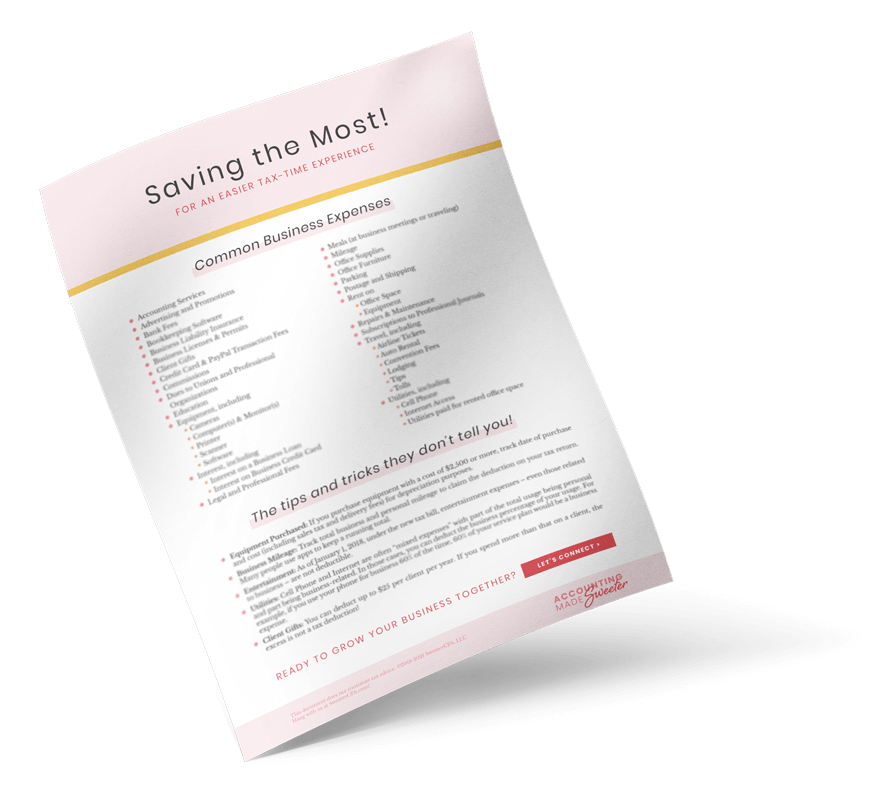Resources:
- The American Opportunity Tax Credit
- AOTC Questions and Answers
- IRS Publication 970, Chapter 2: American Opportunity Credit
- Tax Benefits for Education: Information Center
- 2014 Form 1098-T: Tuition Statement
- 2013 Form 8863 Education Credits
Why YOU Should Care:
If you qualify, you may be able to claim a credit of $2,500 for qualified education expenses for each eligible student on your tax return.
What is it?
The American Opportunity Tax Credit (AOTC) allows you to claim a credit of up to $2,500 for qualified education expenses per eligible student.
A credit is something that directly reduces the amount of taxes you owe. Up to $1,000 of the credit amount is refundable. This means that you may receive the credit as a refund if it exceeds the amount of taxes you owe.
The AOTC can be claimed for the first four years of post-secondary (e.g., post-high school) education. The credit may be limited by the amount of your adjusted gross income – it phases out for single taxpayers at $80,000 and for married taxpayers who file jointly at $160,000.
You can only use the same student’s qualified education expenses for one credit or deduction each year. This means that if you take the AOTC, you cannot also use these qualified expenses to claim the Lifetime Learning Credit or the Tuition and Fees deduction in the same year.
Who is an eligible student?
The student must be enrolled – at least half-time for one academic period – in a program that leads to a degree or other certification. This credit is only available for the first four years of post-secondary education, so the student must not have completed the first four years of post-secondary education at the start of the tax year (i.e., a second bachelor’s degree – obtained after the first is already completed – does not qualify).
If the eligible student is the dependent of another taxpayer (e.g., his or her parents), the credit can be claimed on the parents’ return or the dependent’s return, but not both. An eligible student claiming the credit on his or her own return must not be filing under the Married Filing Separately status.
Additionally, the student must also not have been convicted of felony drug possession or distribution.
Which expenses qualify?
- Tuition
- Enrollment Fees
- Course Materials (e.g., books, supplies, equipment)
Each qualifying student should receive a Form 1098-T from the educational institution listing the qualified expenses. If there are additional expenses not listed on the Form 1098-T, you must retain documentation supporting the expense.
Which expenses do NOT qualify?
- Room and Board
- Transportation
- Health Insurance and Medical Expenses
- Student Fees (unless required for enrollment)
You are also prohibited from including any expenses covered by a separate credit or reimbursement program or scholarship. Additionally, if you withdraw from a course and obtain a refund, those expenses do not count.
How do I claim the credit?
You claim the credit by completing and filing Form 8863 with your annual tax return.



